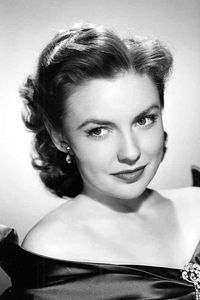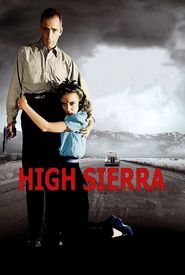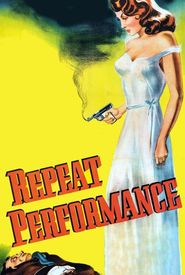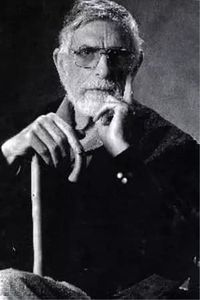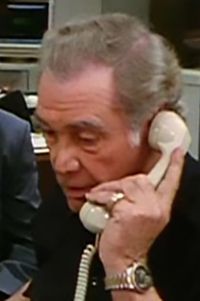Joan Agnes Theresa Brodel was born of Irish ancestry to an accountant father and a pianist mother. She was educated at Catholic schools in Toronto, Montreal, and Detroit. Joan was the youngest of three sisters, with Mary and Betty being her older siblings. The Brodel Sisters, a vaudeville act, was formed by the trio. From a young age, Joan was trained in singing, dancing, and dramatics, and began performing on stage at the age of nine. The family's entry into show business was a result of supporting their impoverished parents during the Depression years.
Joan, along with her sisters, performed on radio and in nightclubs. She was known for her impersonations, including Katharine Hepburn, Greta Garbo, Jimmy Durante, and Maurice Chevalier. Mary played the saxophone, Betty played the piano, while Joan was skilled on the accordion and banjo. One night, an MGM talent scout discovered her at the Paradise Club in New York, and she was signed for six months with a salary of $200 a week.
Her first notable role was in the period drama Camille (1936) as Robert Taylor's young sister. However, she did not last long at MGM. In 1940, she was signed by Warner Brothers, where she became Joan Leslie, to avoid confusion with Joan Blondell. At the age of 14, she began her movie career in earnest with the role of Velma, a club-footed girl, in High Sierra (1941). This role put her on the map.
Joan flourished in A-grade productions, playing Gary Cooper's sweetheart in Sergeant York (1941),co-starring and dancing with James Cagney in Yankee Doodle Dandy (1942),and featuring in the musical extravaganza Thank Your Lucky Stars (1943). She also did her bit for the war effort, dancing with servicemen in Hollywood Canteen (1944) and being featured in the movie alongside her sister Betty.
By 1942, Joan had acquired a wholesome reputation as the all-American girl-next-door. However, the relationship between Joan and her studio began to sour by 1945. The quality of her roles began to deteriorate, and she made a couple of so-so pictures with Robert Alda. After appearing in Two Guys from Milwaukee (1946),Joan took Warner Brothers to court, demanding more mature roles. Her contract was eventually dropped.
Between 1947 and 1954, Joan freelanced, often for Poverty Row outfits. She became a low-budget western lead, and later interviews suggested that she enjoyed acting in her handful of second-string westerns. She earned a Golden Boot Award in 2006 for her contributions to the genre. Joan's final co-starring turn was in The Revolt of Mamie Stover (1956),after which she restricted her appearances to the small screen.
In her later private life, Joan was devoted to various Catholic charities and raising her identical twin daughters, Patrice and Ellen. Both daughters are now doctors, teaching at universities.
